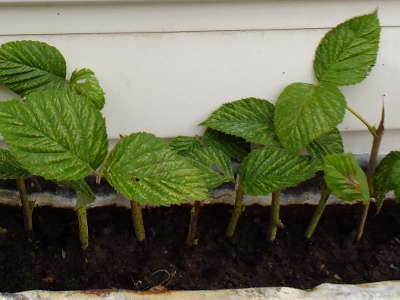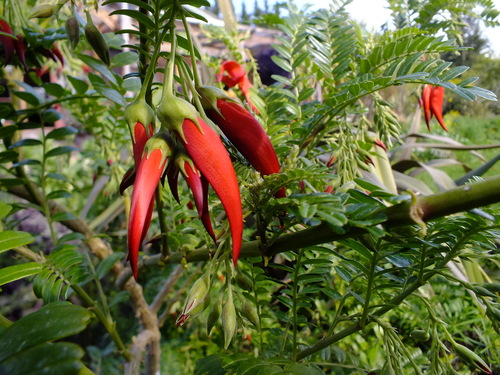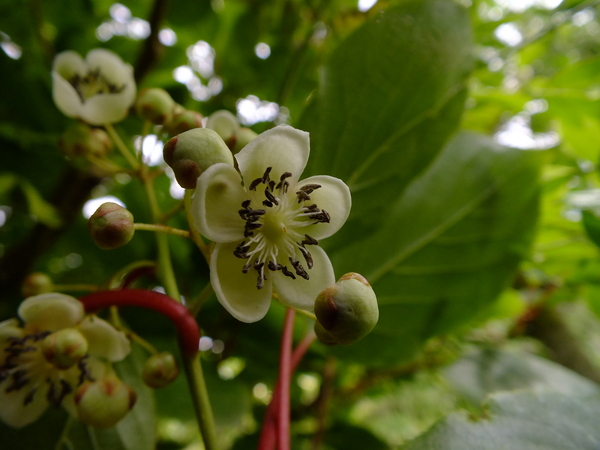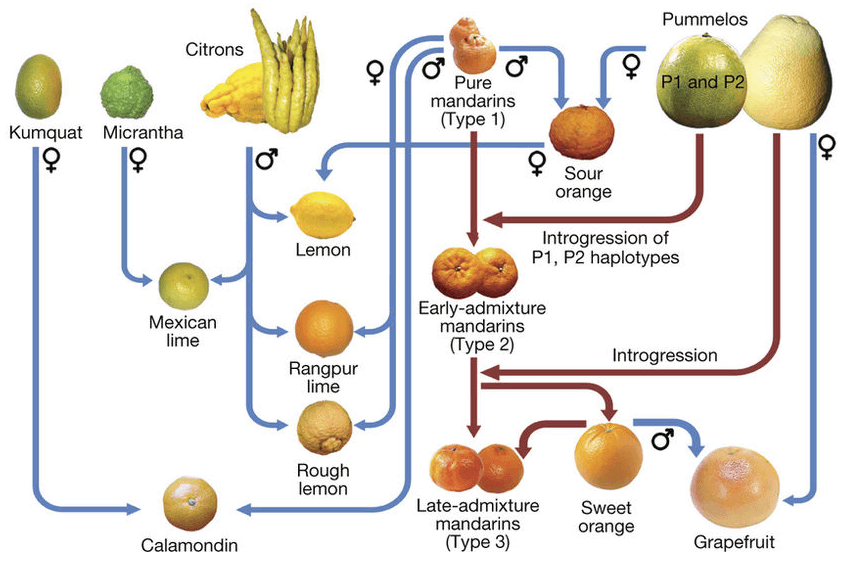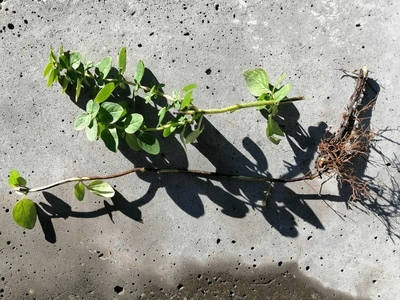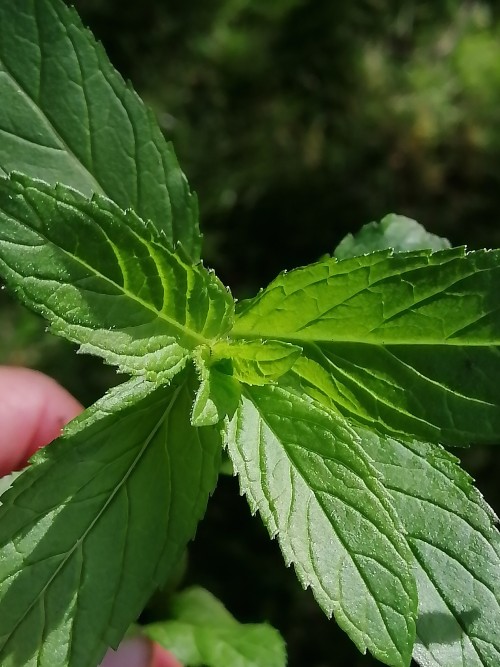Â
Plant propagation
Details
There are many ways to obtain healthy plants for next to nothing. By propagating your own plants you not only save money but can introduce genetic variation by starting new plants from seed.
If you are looking to replicate a natural ecosystem or create a biodiverse and healthy garden you are going to need a lot of plants. Many species can be cloned by taking cuttings or by layering.
If you are looking to replicate a natural ecosystem or create a biodiverse and healthy garden you are going to need a lot of plants. Many species can be cloned by taking cuttings or by layering.
Kakabeak
Details
Grows in open, sunny, steep sites, often on rocky outcrops, slips, the bases of cliffs or edges of lakes and streams. It is a relatively short-lived plant, sometimes lasting 15-20 years.
Botanical name
Clianthus
Family
Fabaceae
Height (m)
2
Diameter
1.50
Forest layer
shrub
Evergreen
Frost sensitive
Perennial
Nitrogen fixer
Propagation method
Sow pot / tray
Shade / Sun
Sun
Flowers
Red
Hardy kiwi
Common name
Tara Vine
Botanical name
Actinidia arguta
Details
A vigorous, deciduous vine native to East Asia, particularly in regions of Japan, Korea, and China.
Unlike the more common kiwi fruit (Actinidia deliciosa), the hardy kiwi produces smaller, smooth-skinned berries that are green to reddish-brown and can be eaten whole without peeling.
The fruit is sweet and rich in vitamin C, making it a nutritious snack.
The plant is cold-hardy and can tolerate temperatures as low as -25°C, making it suitable for cultivation in temperate climates.
Unlike the more common kiwi fruit (Actinidia deliciosa), the hardy kiwi produces smaller, smooth-skinned berries that are green to reddish-brown and can be eaten whole without peeling.
The fruit is sweet and rich in vitamin C, making it a nutritious snack.
The plant is cold-hardy and can tolerate temperatures as low as -25°C, making it suitable for cultivation in temperate climates.
Diameter
1.00
Forest layer
vertical
Flowers
White male and female on seperate plants
Edible
Fruit / berries
Perennial
Shade / Sun
Full sun - part shade
Soil type
Well drained
Arbutus unedo
Common name
Strawberry tree
Botanical name
Arbutus unedo
Family
Ericaceae
Height (m)
9
Diameter
8.00
Forest layer
low-tree
Evergreen
Edible
Fruit / berries
Perennial
Wind tolerance
Maritime exposure
Shade / Sun
Full to part sun
Soil type
Dry to moist
Citrus
Details
A family of tropical to subtropical fruiting trees and shrubs
Flowers
White
Diameter
1.00
Forest layer
low-tree
Edible
Evergreen
Frost sensitive
Perennial
Shade / Sun
Part sun - full shade
Soil type
Light to heavy well drained
Oregano
Botanical name
Origanum vulgare
Details
Hardy and easy to grow, this popular culinary herb is also loved by bees and is a good ground cover in the forest garden. Once you have this plant you can easily multiply by dividing up larger plants.
Diameter
1.00
Forest layer
ground cover
Flowers
purple
Drought tolerance
Edible
Propagation method
Transplant
Price
$3.90
3 rooted cuttings
Pepermint Divisions
Botanical name
Mentha × piperita
Details
A vigorous, aromatic perennial herb growing 30–90 cm tall, valued for its fragrant leaves and medicinal properties.
Easily propagated by cuttings, division, or runners, it can spread invasively if not contained.
It thrives in temperate to subtropical climates, preferring rich, moist, well-draining soil. Peppermint grows well in full sun to partial shade and requires regular watering to maintain consistent moisture.
Known for its culinary, medicinal, and aromatic uses, peppermint is used to flavour teas, desserts, and savoury dishes, and its essential oil is prized for relieving headaches, aiding digestion, and repelling pests.
Easily propagated by cuttings, division, or runners, it can spread invasively if not contained.
It thrives in temperate to subtropical climates, preferring rich, moist, well-draining soil. Peppermint grows well in full sun to partial shade and requires regular watering to maintain consistent moisture.
Known for its culinary, medicinal, and aromatic uses, peppermint is used to flavour teas, desserts, and savoury dishes, and its essential oil is prized for relieving headaches, aiding digestion, and repelling pests.
Forest layer
ground cover
Flowers
purple
Edible
Price
$3.90
3 rooted peices
Propagation method
Transplant
